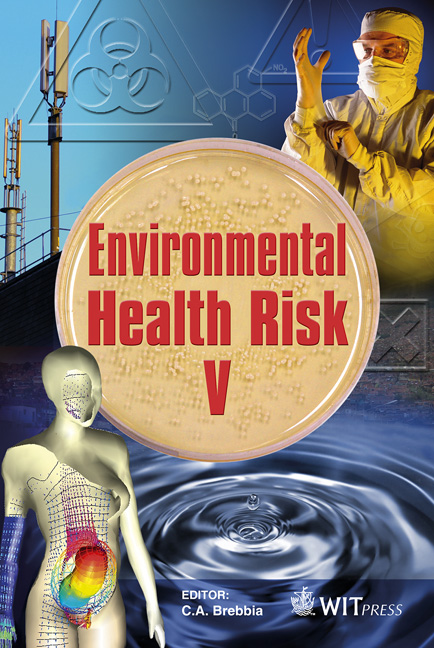Intake Of Man-made Radionuclides Due To Food Consumption By The Population Of Different Age Groups
Price
Free (open access)
Transaction
Volume
14
Pages
9
Page Range
307 - 315
Published
2009
Size
304 kb
Paper DOI
10.2495/EHR090301
Copyright
WIT Press
Author(s)
E. G. Metlyaev
Abstract
To assess the public’s internal doses due to radionuclide intake via food, data on radioactive substance content in foods and on per capita consumption of the particular foodstuffs, i.e., on food patterns of the population of the particular region are used. The food patterns depend considerably on social conditions, national special features and habits etc. Generally, it is rather stable. When evaluating contamination of the food ration with radioactive isotopes, prime attention should be paid to the critical groups of foods, i.e., those foods, which put the highest contribution of isotopes. The inspections show that meat and milk are critical foodstuffs, according to 90Sr and 137Cs intake, for residents of the Moscow region. The critical age group, i.e., such groups whose dose due to internal radiation exposure induced by 90Sr and 137Cs intake via foods is the highest, is children in the age range of 12 – 17 years. Keywords: foodstuffs, dose, man-made radionuclides, consumption, intake, critical group of foods, critical age group.
Keywords
foodstuffs, dose, man-made radionuclides, consumption, intake, critical group of foods, critical age group





